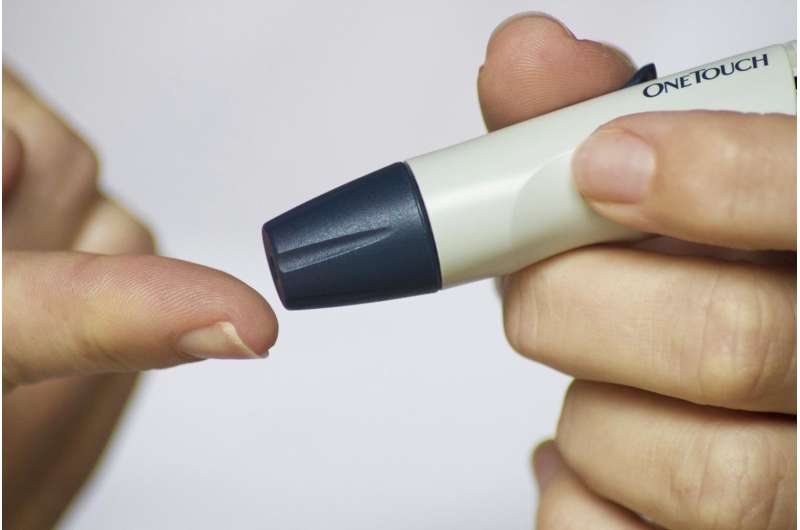Revolutionary Gene Therapy Shows Promise in Inducing HIV Dormancy

A groundbreaking study reveals that gene therapy targeting HIV's antisense transcript (AST) may permanently induce viral dormancy, paving the way for potential cures beyond lifelong medication.
Researchers at Johns Hopkins Medicine have made a significant breakthrough in HIV treatment research by exploring how gene therapy can potentially put the virus into a permanent dormant state. The study focused on a molecule produced by HIV called the antisense transcript (AST), which plays a pivotal role in signaling the virus to enter a latent state, effectively turning off its replication.
The team previously identified that HIV generates AST as part of its genetic activity, which contributes to viral latency—a critical obstacle in curing HIV. Building on this, scientists engineered human immune cells, specifically CD4+ T cells, to amplify the production of AST. This genetic modification resulted in a marked decrease in HIV activity as demonstrated by the reduction of GFP markers, indicating the virus had become dormant within these cells.
Further investigations pinpointed which parts of the AST molecule were essential for maintaining HIV latency. Experimental mutations in the molecule revealed that increased expression of AST could keep the virus in a long-term sleeping state. The research also involved testing these effects in primary immune cells from individuals with HIV, confirming that the enhanced AST expression maintained viral dormancy for several days.
The implications of these findings are profound. Gene therapies aimed at boosting AST levels in T cells could offer a durable, long-lasting solution to HIV, eliminating the need for lifelong antiretroviral therapy. Unlike current treatments that require daily medication with potential side effects, a single gene therapy treatment might achieve sustained viral suppression.
While further research is needed, this innovative approach opens new pathways toward an eventual cure for HIV. The study underscores the potential of gene therapy not just for HIV, but for managing other persistent viral infections by manipulating the molecular pathways involved in viral latency. Source: https://medicalxpress.com/news/2025-06-gene-therapy-key-permanently-hiv.html.
Stay Updated with Mia's Feed
Get the latest health & wellness insights delivered straight to your inbox.
Related Articles
Alarming Rise of Type 2 Diabetes Among Young New Zealanders Sparks Health Concerns
New Zealand faces a health crisis with a rising number of young people developing type 2 diabetes. This early-onset form of the disease is linked to obesity, social inequality, and lifestyle factors, challenging health systems and requiring urgent, coordinated action.
Review Highlights Bone Health Risks Associated with Modern Cancer Therapies
Recent advances in cancer treatments have improved survival rates, but new research highlights the increased risk of bone loss and fractures associated with modern therapies. Experts call for proactive bone health management to protect long-term quality of life.
Essential Tips to Prevent Firework-Related Injuries During 4th of July Celebrations
Learn essential safety tips to prevent firework-related injuries during 4th of July celebrations and enjoy a safe holiday with family and friends.
Study Finds Very Low Reversal Rate of Legal Gender Changes in Sweden
A groundbreaking study from Uppsala University shows that less than 1% of individuals in Sweden who change their legal gender later revert, highlighting the stability of gender transitions over ten years.



